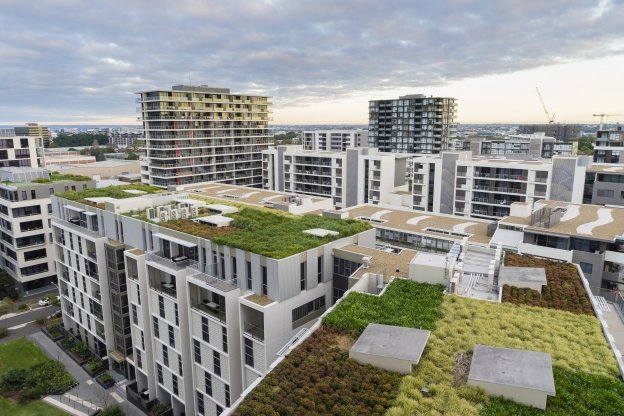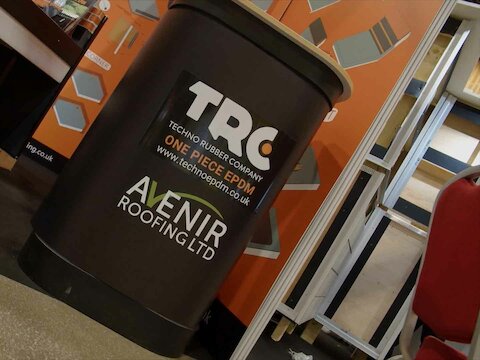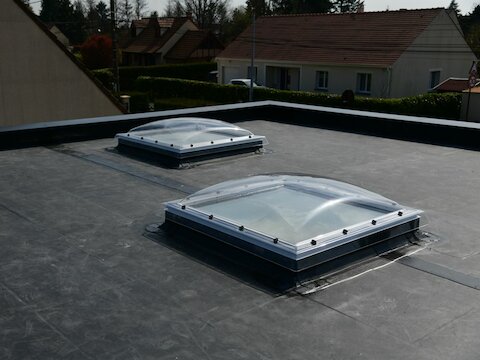Tips for a Successful Green Roof

One great way to boost your carbon footprint and turn your home into an eco-friendly fortress is with a green roof. Not only can it have a positive impact on the state of the world, but it’s something that looks attractive too. Now we’re not saying that one green roof will stop global warming, but every little helps, right? There’s an argument to suggest that they don’t actually serve enough ‘eco purpose’ to be worthwhile, but they do offer genuine benefits. And if you’re thinking about creating a healthy home or business, it’s important to know how to install a green roof.
Think about its Design
To ensure a successful installation, a lot more than research and planning is required. It also requires knowledge about roofs and gardening. And with an increased focus on sustainability and water conservation, there’s no wonder that green roofs are becoming more and more popular among homeowners and business owners throughout the UK. The design process is one of the most difficult, yet most important, parts of the entire project.
Most green roofs are recommended to be installed on a surface of no more than 20°, anything steeper than this could require special assistance. This is why they’re ideal for being placed on flat roofs, as – despite the name suggests – they typically come with a slope of approximately 10°.
If the slope is steeper than 20°, making sure the green roof does not slip is essential. To stop this from happening, a wood or metal grid can be installed on top of the membrane used. This should be done in a chequerboard pattern for additional grip.
Make it Waterproof
To prepare for the installation of your green roof, use Firestone RubberCover EPDM as your waterproof membrane. This first-rate material is ideal due to its robust properties and its ability to withstand an array of weather conditions.
Keep it Contained
Before you think about plants and flowers, you need to think of how it’s all going to remain sturdy and secure. Creating a frame around the roof’s perimeter will ensure that all the materials are contained. Remember that this should be from something rot resistant that also won’t prevent water from being drained away. Be sure not to cause any damage to the waterproof membrane you’ve had fitted.
Stop Plants from Entering
Depending on the roof the work is being carried out on, there may be a chance that plants will get into the building. If this happens, the whole of its structure could be compromised. To reduce the risk, place a gravel border around the roof’s edge. Not only should this design hack prevent anything from penetrating the surface, but it will also ensure that no unwanted vegetation appears.
Additional Weight
By adding additional items to your roof, it’s important that you bear their weight in mind. You’ll need to make sure that your roof’s structure is able to withstand these extras, otherwise, the whole thing could end up collapsing.
Choose the Right Plants
Picking a good mix of plants, flowers and seeds allows you to create a green roof that’s bursting with colour. What’s more, the ones that tend to perform better are ones that can be replanted or reseeded, as this allows the roof to change and develop over time. Herbs are also a great addition for a green roof, especially those that are resilient during wind and rain.
Drainage is Important
With all the plants, flowers and shrubbery used on a green roof, it’s going to naturally store rainwater. And that’s why a sufficient amount of drainage is needed, allowing excess water to flow away freely. This is where layers come into play. You will typically have as follows:
- Roof deck
- Waterproof membrane
- Drainage board
- Filter sheet
- Substrate
- Vegetation
A downpipe is also required to take the excess water away from the roof.
Carrying Out Maintenance
When you have a green roof, the good news is that the maintenance required is often minimal. The most important part is making sure the roof remains strong and stable, though a few checks once or twice a year should do the trick to ensuring longevity. Other than that, it will just be keeping on top of the plants and flowers used.
Some maintenance tips include:
- Watering plants during dry and warm weather
- Make sure drainage outlets remain clear and unblocked
- Ensure gravel margins remain free from vegetation that’s unwanted
- Replant any areas that become bare
You can find out some more tips for inspecting a roof in this blog post: https://www.avenirroofing.co.uk/2018/04/how-to-inspect-a-roof/
Is Planning Permission Needed?
Before you start with your green roof installation, it’ll be worth checking whether or not you need planning permission. In most cases, an approval will need to be granted. Simply get in touch with your local planning authority to make sure.




